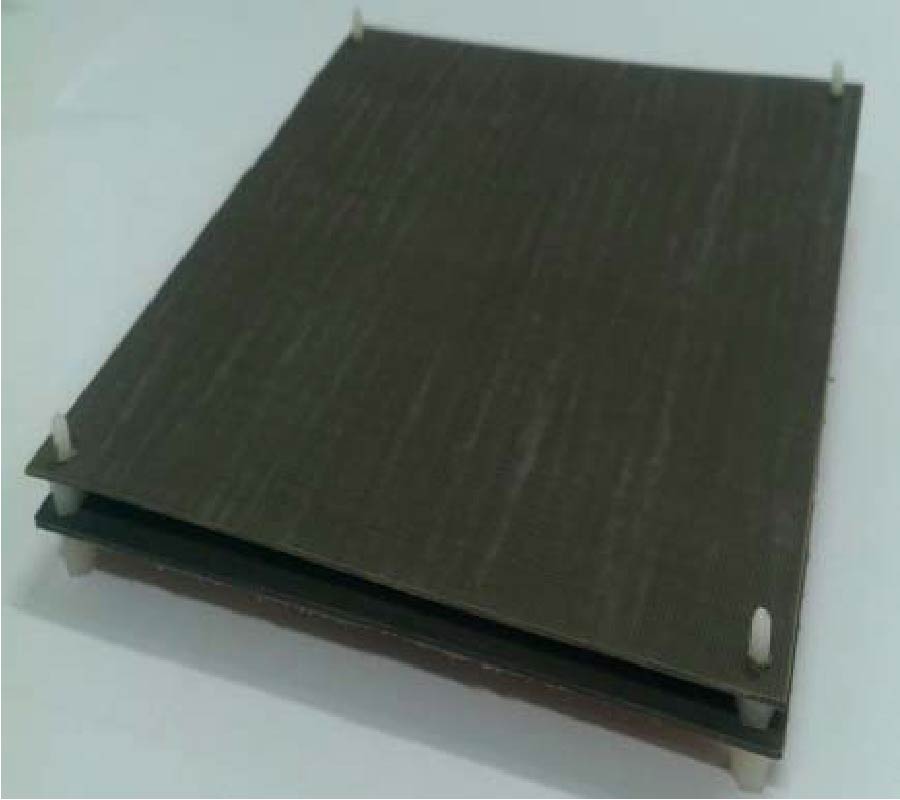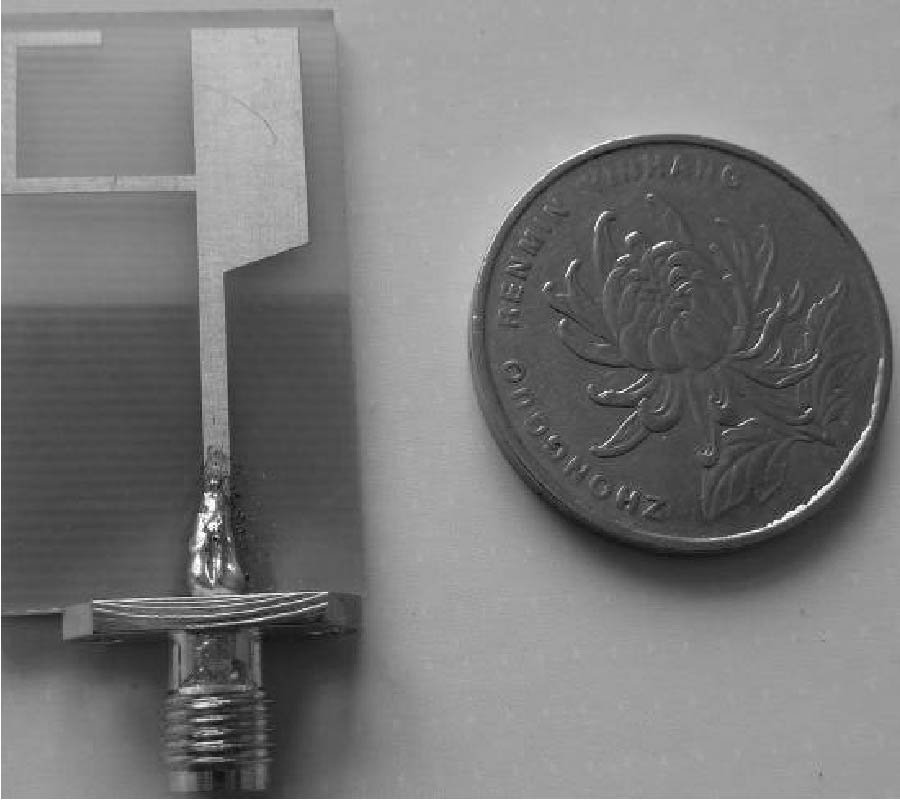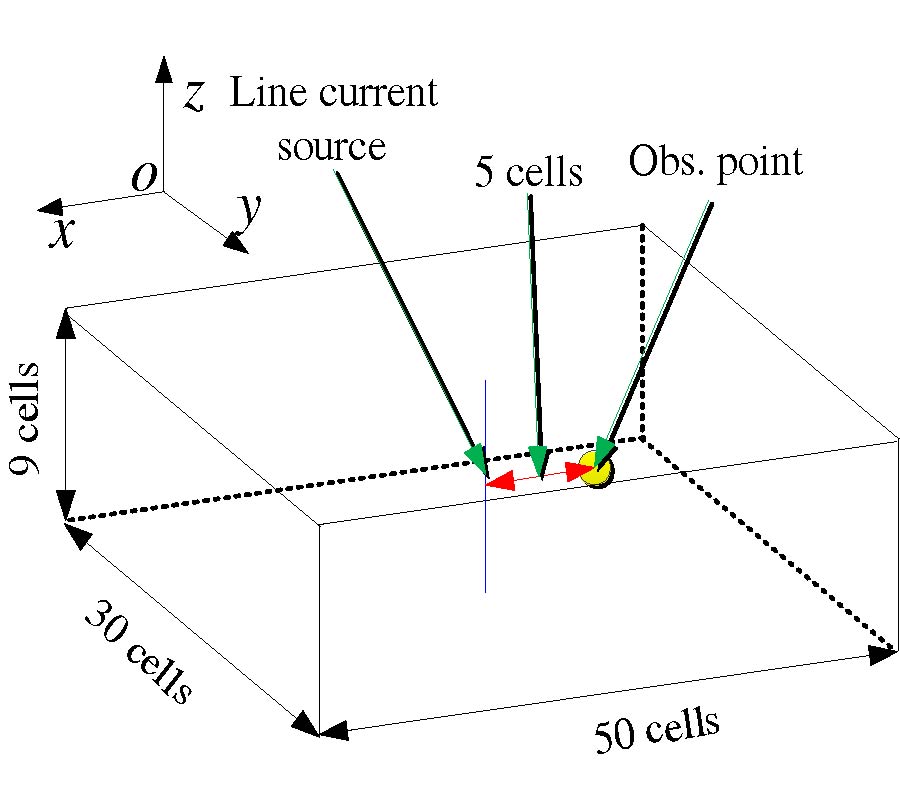Miniaturized Hybrid Branch Line Couplers Based on a Square-Split Resonator Loading Technique
Lamia Al-Khateeb
In this paper, new miniaturized hybrid branch line couplers loaded by square-split ring resonators are proposed. This loading technique increases the electrical length of transmission lines by patterning the ground plane under the conductor trace in microstrip lines with the complementary, dual-behavior, configuration of square-split ring resonators. Each branch is loaded by one resonator in the first coupler and by two resonators in the second coupler. Hence, compact sizes of 9.29 mm × 9.57 mm, and 8.88 mm × 9.11 mm, or equivalently 0.2λg × 0.2λg and 0.19λg × 0.19λg, respectively, are obtained at the operation frequency, 2.4 GHz. This corresponds to 66.14% and 60.18% of a conventional structure's area, respectively. Moreover, the new designs can suppress higher harmonic components due to the bandstop response of the square-split resonators at their resonant frequency while maintaining similar measured performance compared to the conventional branch-line hybrid coupler. Measured and simulated responses are in very good agreement which validates the proposed structures and technique. This technique can also be applied to minimize the size of other microwave circuits.



















